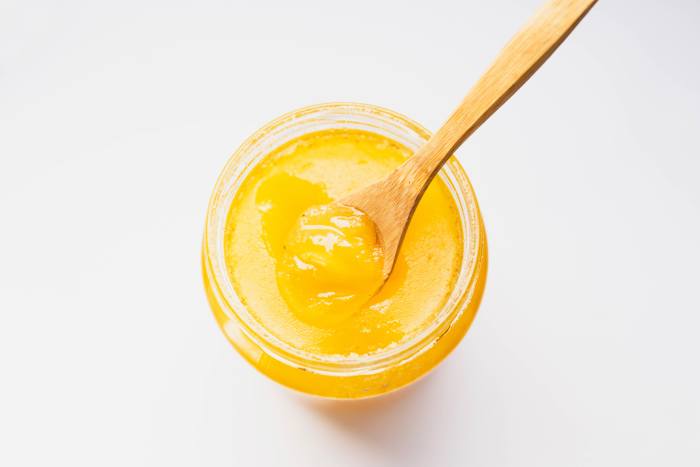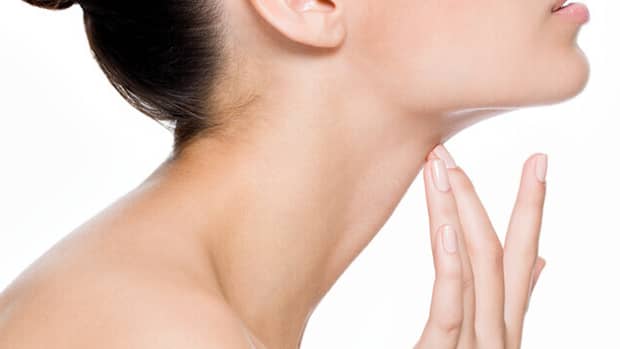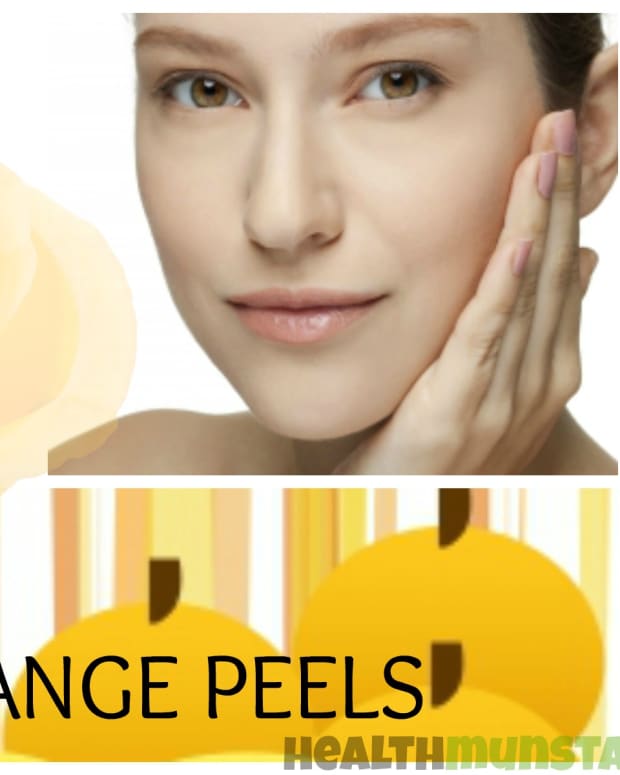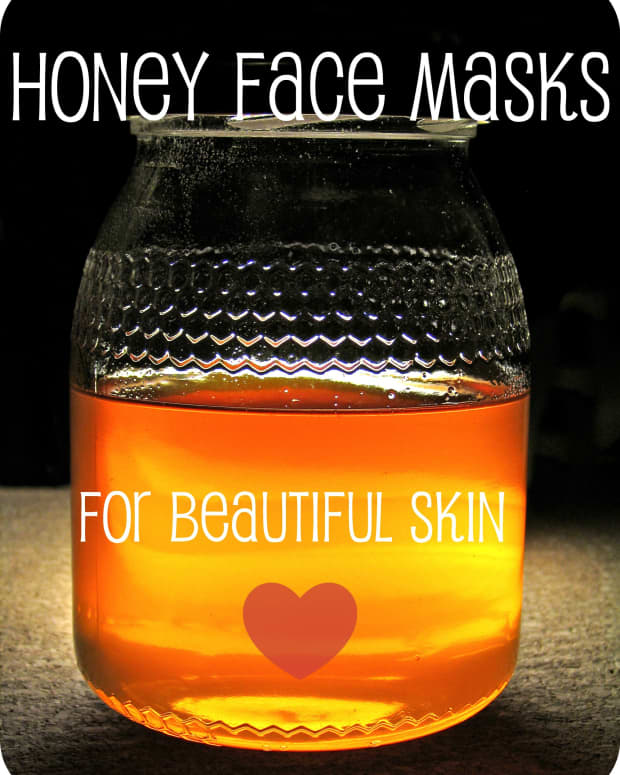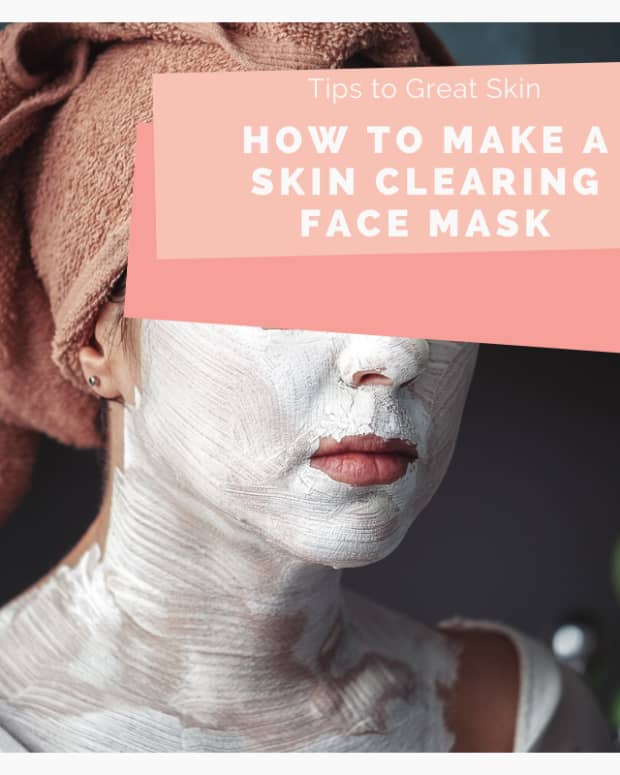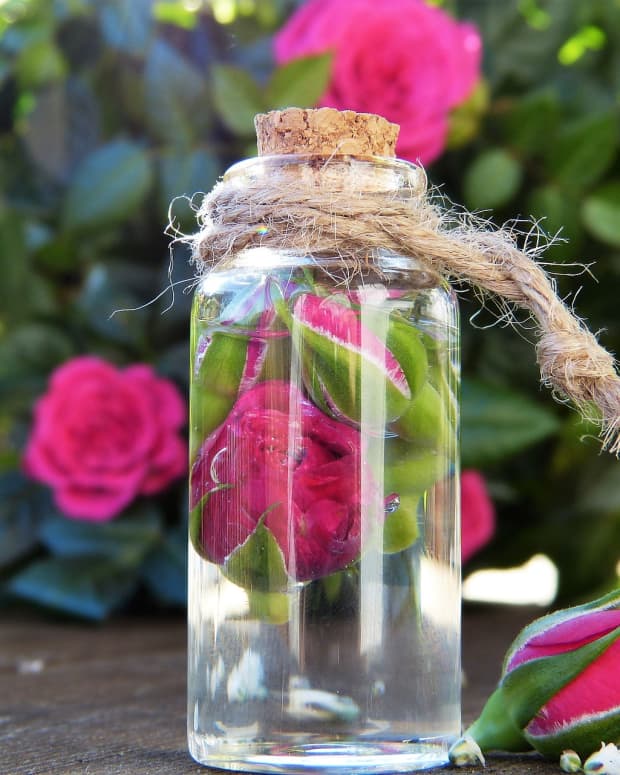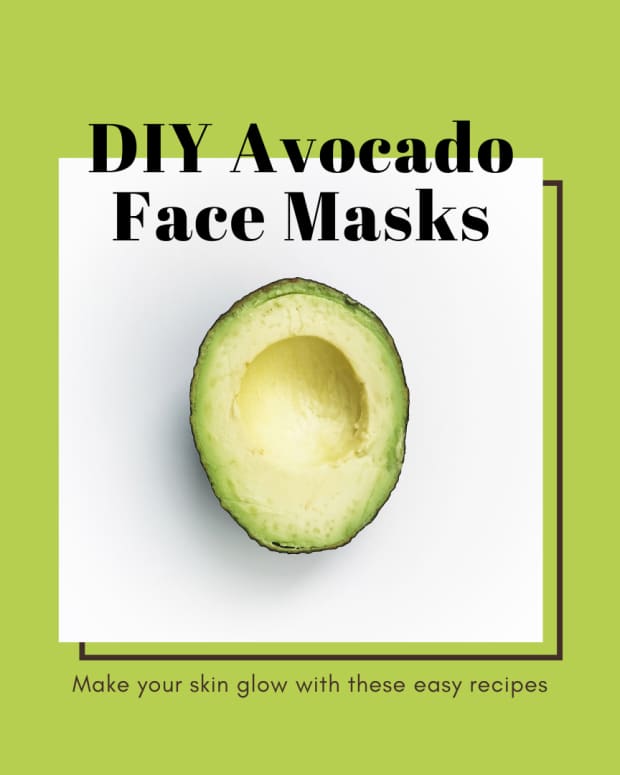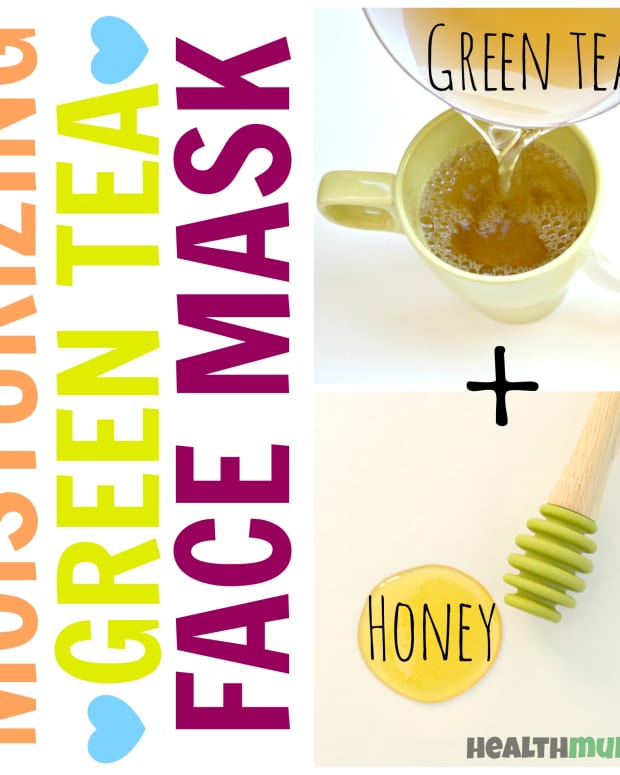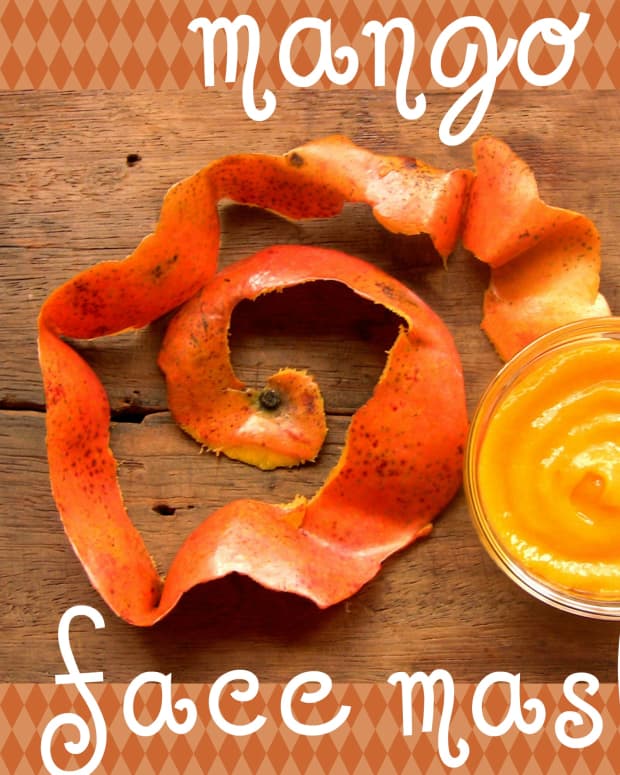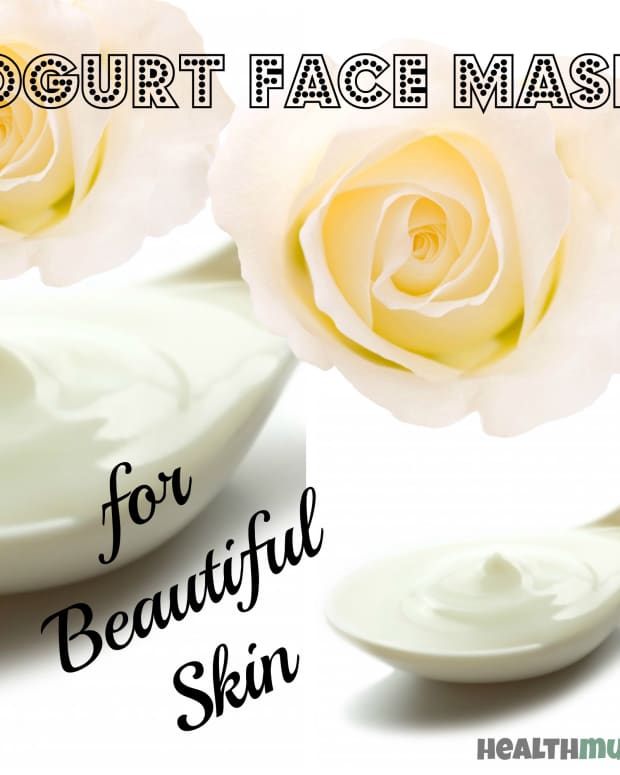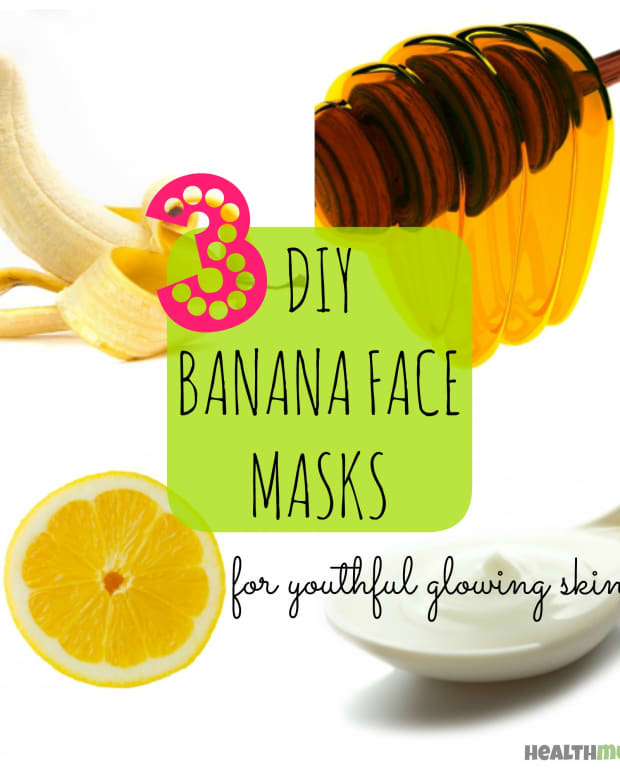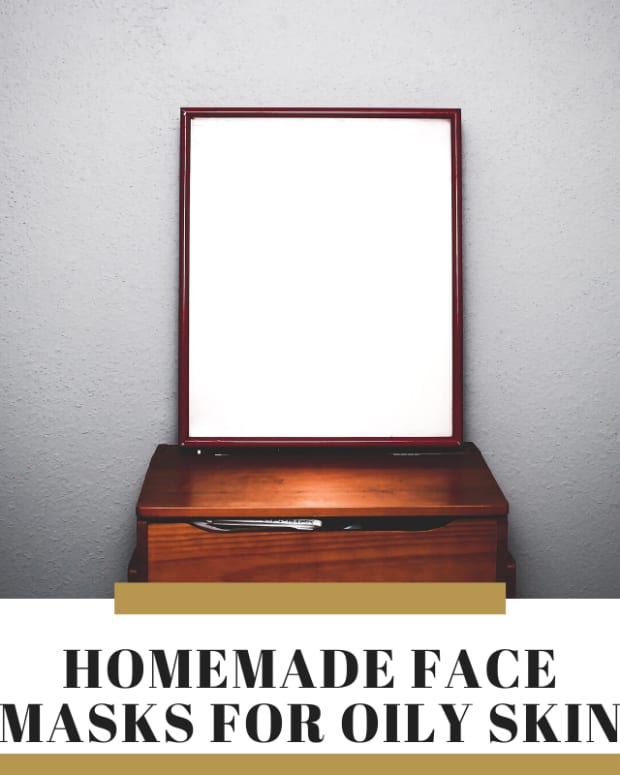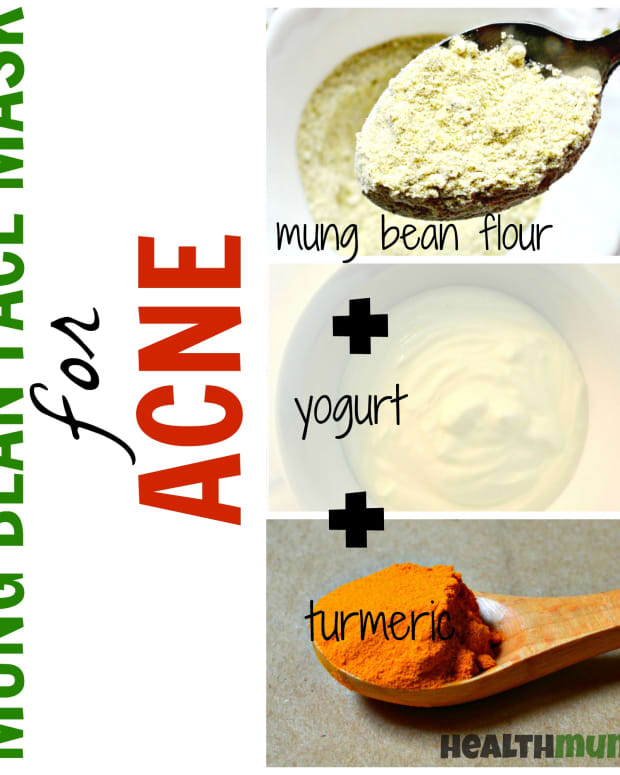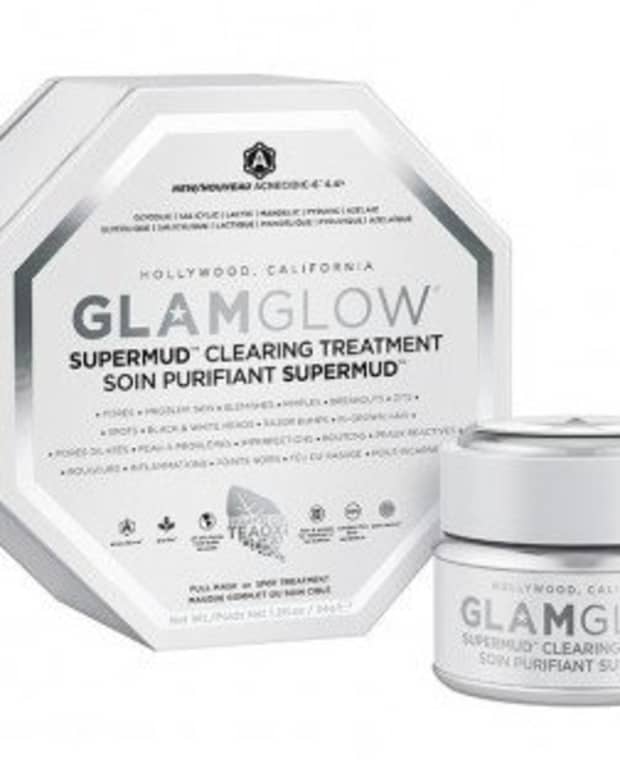DIY Peel-Off Face Masks for Acne and Dull Skin
Katy has been making beauty products at home for years and strongly believes you can get professional results at home with enough research!
How to Make Peel-Off Masks at Home
Peel-off face masks feel so luxurious, but they're so pricey at spas and salons. You can actually get the same effect at home and really pamper your skin.
The key is to find ingredients your skin needs. Mix them with a substance like gelatin or honey that will form a mask you can peel off.
Learn how to make your own peel-off mask and what ingredients to add.
Mask Benefits
You should try a peel-off mask, even if you've tried other skincare products without results. Here's why: peel-off masks let the moisture and astringent ingredients sit directly on your skin. The removal process can pull out toxins and dirt and leave your pores super healthy.
Masks are a way to deliver a concentrated dose of a skincare product. I use them to clear up acne after a particularly bad break out or get my skin out of a dull rut. It helps to jump-start any skin makeover.
As with any new beauty routine, it’s important to take it slow to give your skin time to adjust. Only do one per week and don't add any new products. If you’re new to any of the ingredients, try the mixture on the back of your hand first. Give it 24 hours to react before committing to your face.
How to Make a Mask
All masks need some substance to act as the "glue." This keeps the mask together after its dried so you can peel it off and get the gunk out of your pores.
Gelatin is a good way to form a mask. You can usually find gelatin in powdered form, which is the easiest to use for an at-home mask.
I've seen some people try to do masks with just honey and leave out the gelatin. Usually the mask doesn't stay together well enough to peel off. That can be okay if you're willing to do just a normal wash off mask. But if you want the cleansing effect of a peel-off mask, gelatin works great.
The other option is sheets. To use a sheet you can either buy them or use tissue. You put the mask puree directly on your skin and then pat the sheet on top. Once everything is dry you can peel everything off by peeling off the sheet. These do work pretty well but it can take some practice.
Peel-Off Mask for Acne
Ingredients
- 1 tbsp Gelatin
- 1 tbsp Honey
- 2 drops Tea Tree Oil
Directions
- Start with a clean face and remove all makeup.
- Add gelatin to a small microwave-safe bowl and microwave for 10 seconds.
- Stir gelatin and let cool until it starts to thicken (a few minutes).
- Add honey and tea tree oil drops. Stir.
- Apply to face.
Why These Ingredients?
Honey is a natural anti-microbial and holds the mask together. Tea tree oil will penetrate your pores and dry up acne. Be careful to not use too much or it will dry out your skin.
Variations
Want even more pore-clearing power? Give the mask a boost by adding a 2% salicylic acid solution. You can get these solutions from most beauty stores or by ordering online. They're all the same products so don't shell out extra cash for the fancy brand.
To make this mask extra effective I give my face a gentle steam before applying. Use the few minutes you're waiting for the gelatin to cool to do a quick steam. I just use a pot of boiling water on the stove. This opens up your pores so the mask can do its work.
Peel-Off Mask for Dull or Dry Skin
Ingredients
- 1 tbsp Gelatin or Honey
- 1/4 Avocado
- 2 drops Lemon Essential Oil
Read More From Bellatory
Directions
- Start with a dry, clean face.
- Add gelatin or honey to a small microwave-safe bowl and microwave for 10 seconds.
- Stir and let cool until it starts to thicken (a few minutes).
- Add mashed avocado and lemon oil drops. Stir.
- Apply evenly to face.
- Wait 10–15 and then peel off.
- Gently cleanse skin with water.
Variations
You can tweak this mask to fit your skin type by using different ingredients. I'm pretty prone to breakouts, so I will add salicylic acid to any moisture mask.
If you want to venture into the realm of chemical peels then adding lactic acid to this one could be a good place to start. Lactic acid is pretty gentle as far as chemicals go, and it can make a big difference to your skin. It exfoliates and moisturizes at the same time. So you'll find it will clear out stubborn dull patches and skin issues.
Check out the Ingredients explanation below to find out which ones to add for dry skin and which ones to add for more oily or breakout-prone skin.
Ingredients
The two mask "recipes" above are a great starting point. When you're ready to customize them to fit your skin you'll need the information below.
Start with what skincare problem you're trying to address. Do you have dry skin, redness or stubborn acne? All of the above? try out some of the recommended ingredients in a face mask or in any at-home skincare product.
You'll recognize some ingredients that I use in my masks above.
Anti-Acne
The right ingredients in a mask can clear out pimples and prevent new ones from forming.
- Charcoal: Activated charcoal is used to pull out toxins and soak up oil. You can find it in most health stores. Add a scoop to any DIY skincare product to see its effects.
- Lemon: I use the juice from half a lemon to add a little natural cleaning power to whatever face product I'm using. You can also use lemon essential oil but don't use worry than 1 or 2 drops. It helps to clear out your pores.
- Honey: We've already talked about honey in the mask for acne since it acts as a glue. It's super easy to add and is antimicrobial so will fight breakouts.
Moisturizing
- Milk or Yogurt: Both milk and yogurt are rich in proteins that give the skin a moisture boost. Add to a mask by warming the milk or yogurt and mixing in before you apply.
- Coconut Oil: Coconut oil hydrates your skin without clogging up your pores. It helps that it's antimicrobial so breakouts are less likely.
Soothing, Redness Reducing
These ingredients help reduce redness and inflammation. Add them to a face mask to soothe your skin.
- Green Tea: You'll find green tea as an ingredient in many over the counter beauty products. This is because it can reduce inflammation. It also has anti-microbial properties, which makes it great for fighting acne.
- Aloe Vera: Use aloe vera for soothing sunburns and for healing damaged skin. Aloe is very easy to use because it's usually added to glycerin in store-bought products so you can use it to thicken up face masks you make at home.
- Rosewater: Rosewater is known to reduce redness and soothe the skin. I find it difficult to add to masks and instead use a face spray. Learn more effective ways to use rosewater for at-home skincare.
- Lavender: Get a small bottle of lavender essential oil to add to your masks. It smells great and will reduce redness.
Easiest DIY Mask
What's the easiest way to make a custom peel of mask? Add your own ingredients to a store-bought mask.
I do this all the time. I can add what I want based on what my skin needs right then and add it to a clay or charcoal mask from the store. That way, I get a mask customized for my skin without having to build it from scratch.
This content is accurate and true to the best of the author’s knowledge and is not meant to substitute for formal and individualized advice from a qualified professional.
© 2019 Katy Medium
Comments
Katy Medium (author) from Denver, CO on April 06, 2020:
Hi Kele, mix the powder with the directed (from the bottle instructions) amount of water before putting in the microwave.
Kele Dobson on April 04, 2020:
When you say to microwave the gelatin, what are we supposed to mix the powdered gelatin with to microwave it or does the powder melt in heat without the addition of liquid?

